The Michener Institute of Education at UHN is the only institution in Canada devoted exclusively to applied health sciences education, Michener is Canada’s first-ever merger between a hospital and a post-secondary health education institution and the only post-secondary institution devoted exclusively to specialized applied health education in the country.
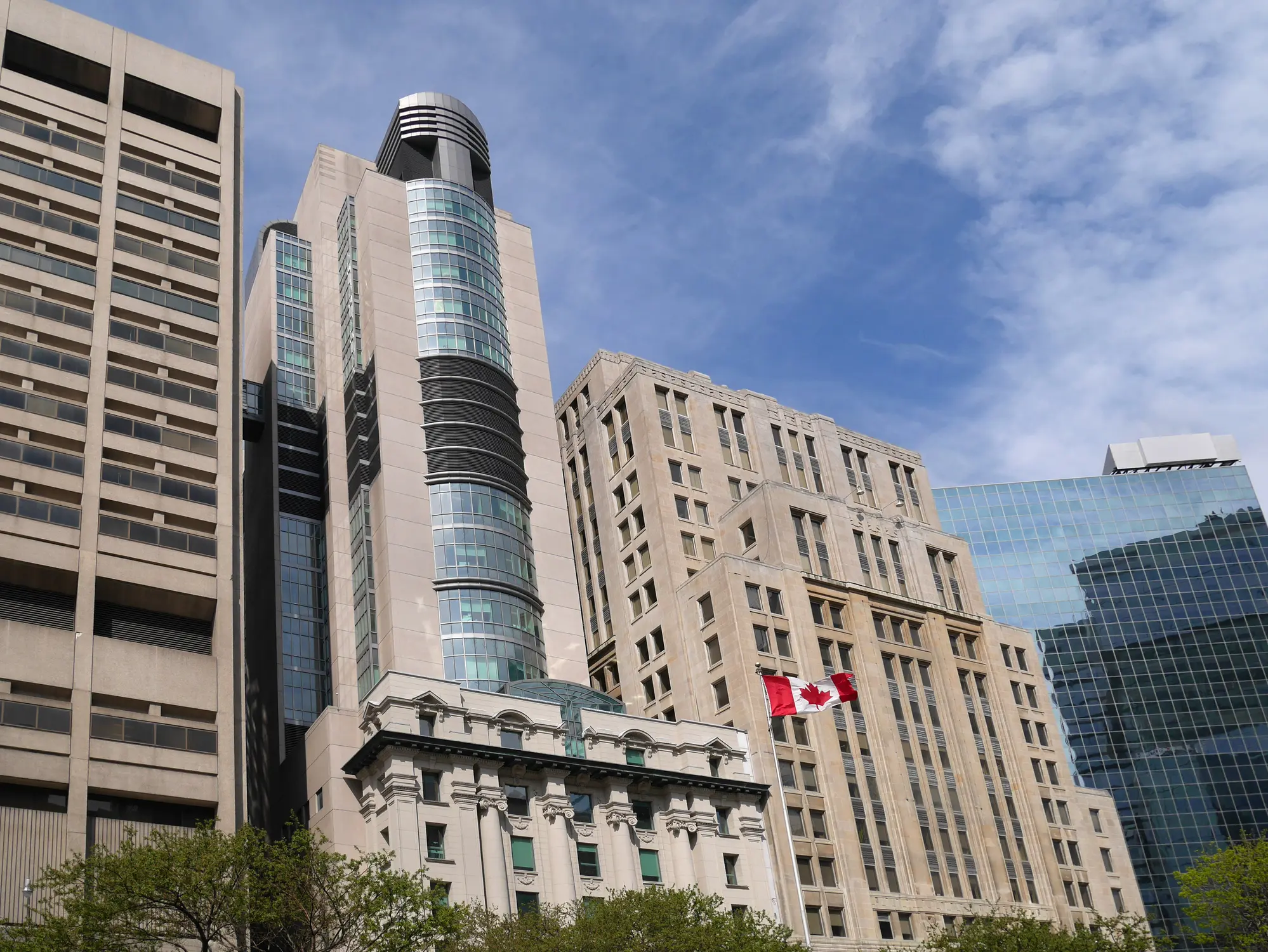
OUR PURPOSE: Transforming lives and communities through excellence in care, discovery and learning.
University Health Network encompasses the Toronto General and Toronto Western hospitals, the Princess Margaret Cancer Centre, Toronto Rehabilitation Institute, and The Michener Institute of Education at UHN. We have the largest hospital-based research program in Canada, with major research in cardiology, transplantation, neurosciences, oncology, surgical innovation, infectious diseases, genomic medicine and rehabilitation medicine.
Just a Quick Note:
InnovationsOfTheWorld.com has partnered with Trade License Zone (TLZ) to support global innovators looking to expand internationally. Take advantage of the UAE’s Free Zones—enjoy streamlined setup, low corporate taxes, and a strategic gateway to the Middle East and beyond.
Get Your UAE Free Zone License Fast & Easy!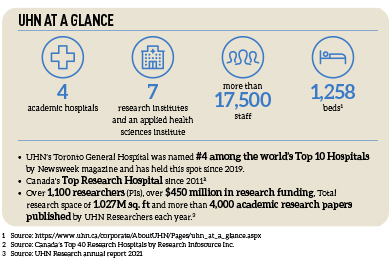
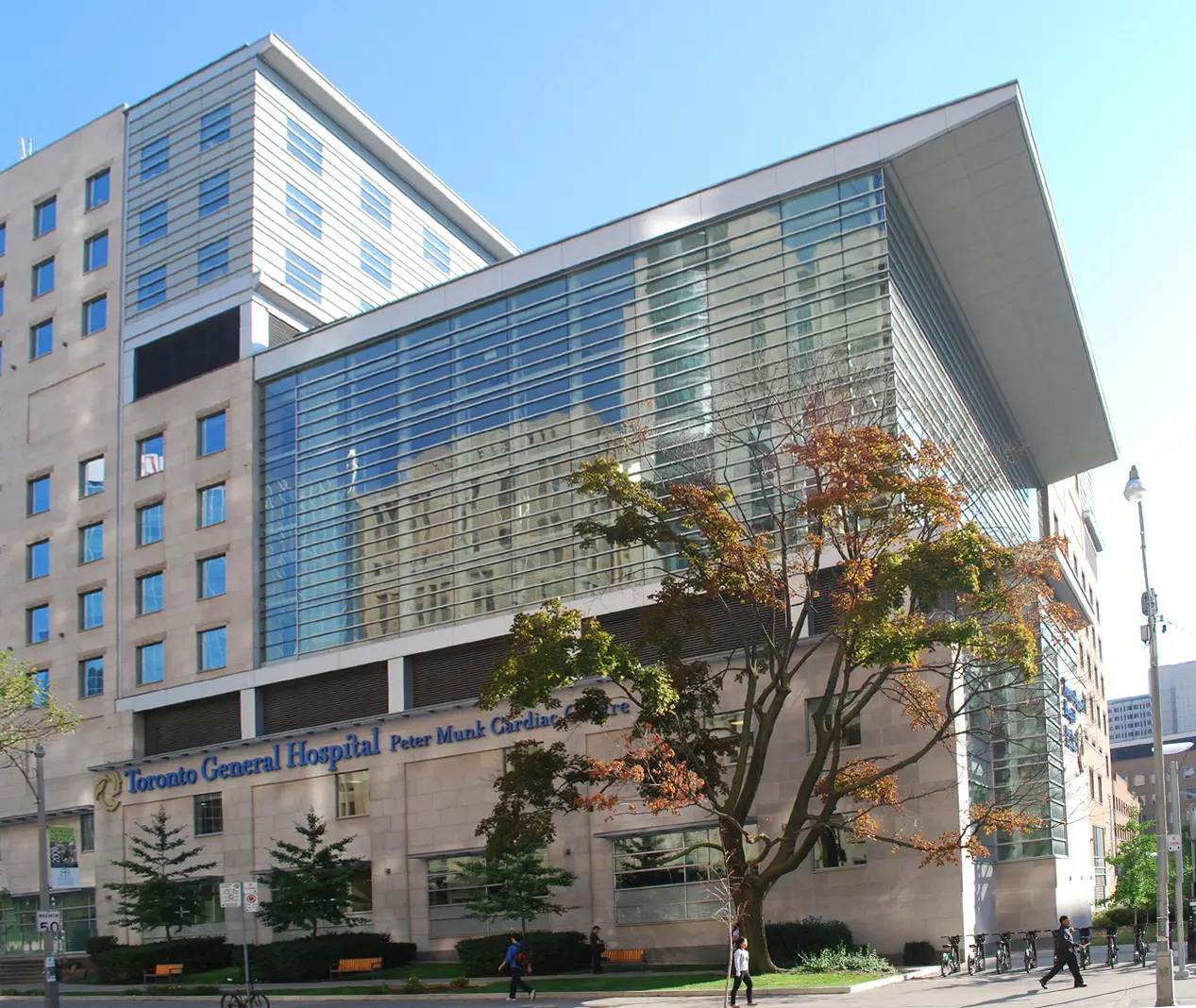
Toronto General Hospital (TGH) is a global pioneer in the fields of transplantation, cardiac medicine, thoracic surgery and known for introducing the clinical use of insulin to the world.

Princess Margaret (PM) Cancer Centre is an international leader in cancer care and research.

Toronto Western Hospital (TWH) is the home of world-class programs in neural and sensory sciences, musculoskeletal health and arthritis, and community and population health.
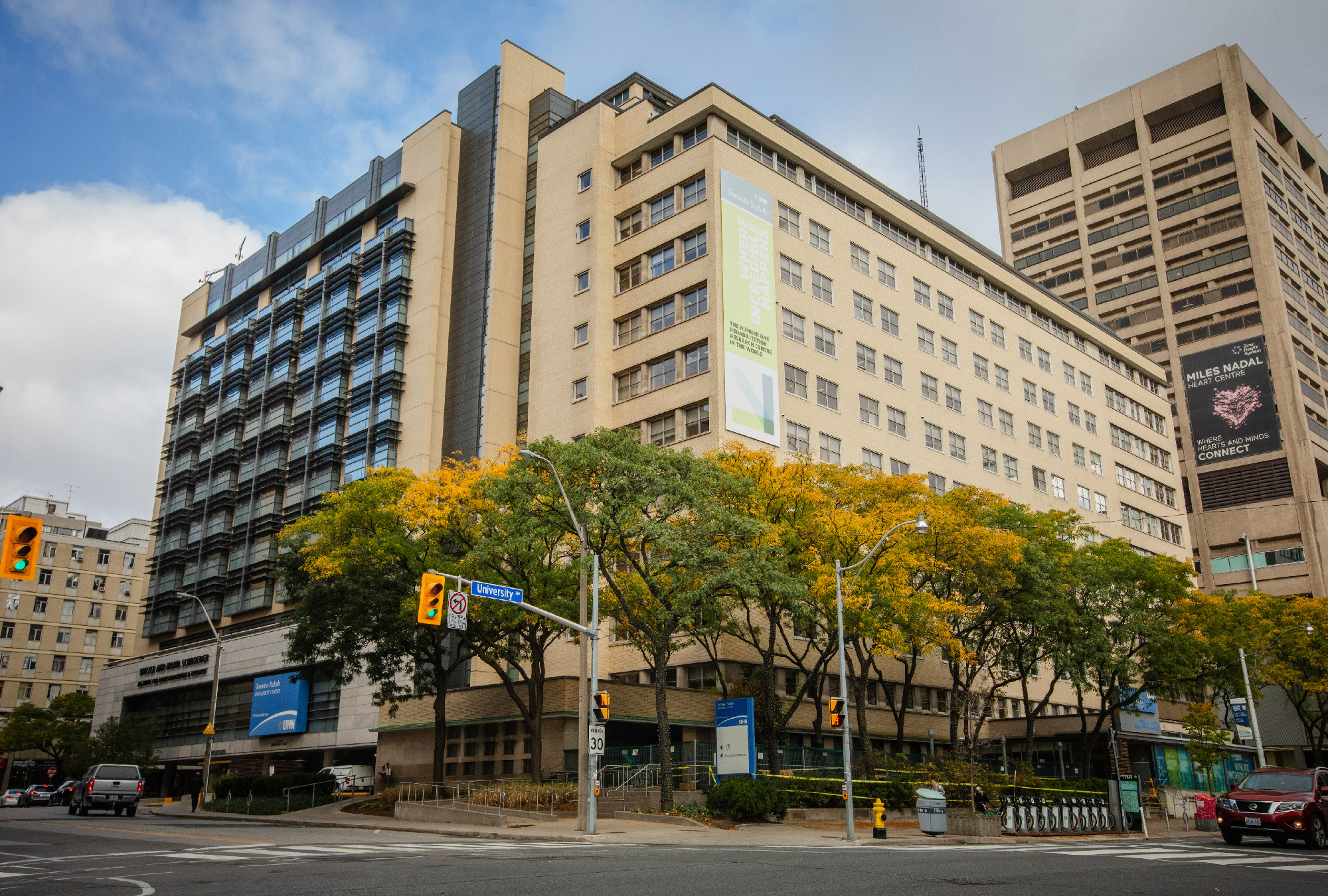
Toronto Rehabilitation Institute (TRI) integrates innovative patient care, ground breaking research and diverse education to build healthier communities and advance the role of rehabilitation in the health system.
OUR RESEARCH INSTITUTES
Research across UHN’s seven research institutes spans the full spectrum of diseases and disciplines, including cancer, cardiovascular sciences, transplantation, neural and sensory sciences, musculoskeletal health, rehabilitation sciences, and community and population health. UHN also spans the spectrum from basic research through translational and clinical research.
UHN’s seven research institutes are:
1. PRINCESS MARGARET CANCER CENTRE
The Princess Margaret (PM) Cancer Centre, home to the discovery of blood stem cells, is the largest integrated cancer research, teaching and treatment centre in Canada. Its research institute, formerly known as the Ontario Cancer Institute (OCI), includes internationally recognized researchers and cutting-edge research infrastructure, as well as the Campbell Family Institute for Breast Cancer Research.
The Centre focuses on cancer research across various fields including genomics, informatics, molecular biology, signalling, structural biology, health services and biophysics. PM’s laboratories and facilities are
primarily located at the Centre itself as well as at the Princess Margaret Cancer Research Tower (in the MaRS Discovery Centre).
2. TORONTO GENERAL HOSPITAL RESEARCH INSTITUTE
TGH is well known for its excellent clinical care, made possible by ground-breaking research efforts developing surgical and medical innovations. Toronto General Hospital Research Institute (TGHRI) focuses on multidisciplinary research that reflects and supports the medical programs of the hospital. TGHRI has a history of medical breakthroughs and served as the site for the first clinical application of insulin and the first external cardiac .

Dr. Shaf Keshavjee, Scientific Director, TECHNA Institute and Chief of Clinical Innovation at UHN
3. KREMBIL RESEARCH INSTITUTE
The Krembil Research Institute, formerly named the Toronto Western Research Institute, is the research arm of Toronto Western Hospital and comprises the Krembil Brain Institute, Donald K Johnson Eye Institute and the Schroeder Arthritis Institute. Research within Krembil is directed at the development of diagnostics, treatments and management strategies in the following three program areas:
• Brain and spine disorders, such as Parkinson’s disease, stroke, epilepsy, spinal cord injuries, dementia, concussion, pain and depression
• Bone and joint disorders, such as osteoarthritis, rheumatoid arthritis, systemic lupus erythematosus, and ankylosing spondylitis
• Eye disorders, such as glaucoma, macular degeneration, and retinopathy
4. KITE
The research arm of the Toronto Rehabilitation Institute, KITE (an acronym for Knowledge, Innovation, Talent, Everywhere), is a world leader in complex rehabilitation science and is dedicated to improving the lives of people living with the effects of disability, illness and aging. KITE’s areas of focus include prevention, restoration, enhanced participation and independent living.
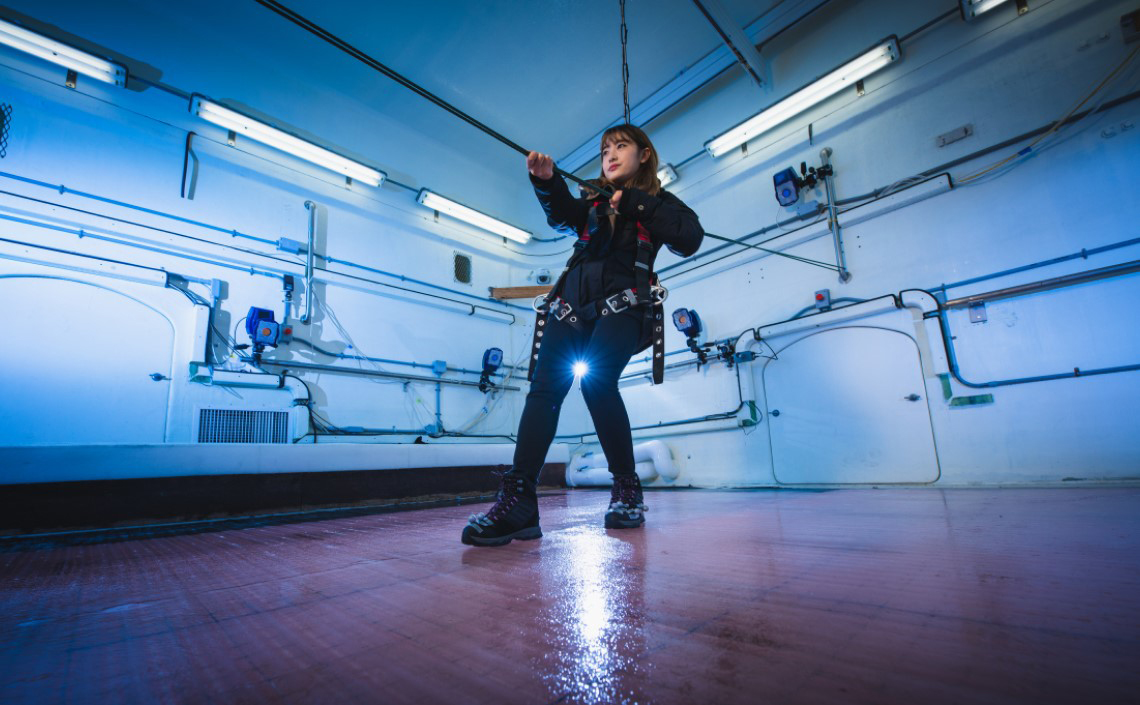
5. TECHNA INSTITUTE
Techna Institute is focused on the accelerated development and exploitation of technology for health. Techna “crosses the silos” of traditional research to integrate the expertise of researchers, academic clinicians and engineers, with personnel and research facilities dispersed across UHN campuses. The Techna model combines translational research with clinical, productization, engineering, software development and management expertise.
6. MCEWEN STEM CELL INSTITUTE
Since 2007, the McEwen Stem Cell Institute has been a recognized leader in stem cell research and regenerative medicine. Founded with generous donations from Rob and Cheryl McEwen, it aims to unleash the potential for stem cell therapies to beat blood cancer, eliminate insulin injections, repair livers and heal broken hearts.
McEwen collaborates with research institutions around the globe and includes ground-breaking partnerships to move theory to therapy.

INNOVATIONS IN REGENERATIVE MEDICINE
Healing Broken Hearts
Scientists have developed the first functional pacemaker cells from human stem cells, paving the way for alternate, biological pacemaker therapy.
Dr. Gordon Keller, Director of the McEwen Stem Cell Institute, is a trailblazer in generating a wide variety of specialized cells from human stem cells. His work includes the directed differentiation of human pluripotent stem cells (hPSCs) into the different cell types found in the human heart.
These advances have enabled the establishment of model systems to study human heart development and disease in a culture dish. Additionally, access to unlimited numbers of human heart cells from hPSCs has provided the basis for developing new cell-based therapies to treat heart and other diseases, currently being explored at the McEwen Stem Cell Institute.

7. THE INSTITUTE FOR EDUCATION RESEARCH AT UHN
For our health care system to adapt to the needs of the 21st century and continually advance care, we must imagine, design and implement bold new ways of educating the healthcare workforce. This is the driving force behind The Institute for Education Research (TIER).
TIER is one of seven institutes within the UHN Research family. Through the adoption of a unique research model, TIER welcomes researchers and partners from across the healthcare continuum and the university and college sectors, to provide a fulsome view on healthcare education. As a hub for experts to come together, incubate ideas and leverage expertise, TIER is shining a light in this area and advancing the future of professional education within Canada’s health care sector.
TIER’s research is focused on:
• Teaching, Learning and Practice: Exploring how to optimize learning in the professions using cognitive psychology, education science and social science perspectives
• Societies, Systems and Structures: Exploring how the organizational and social structures of health professional education and clinical settings impact education practice and theory
• Technology, Innovation and Simulation: Exploring how innovations in technology, including simulation and artificial intelligence, change the learning and practice experiences of health professionals
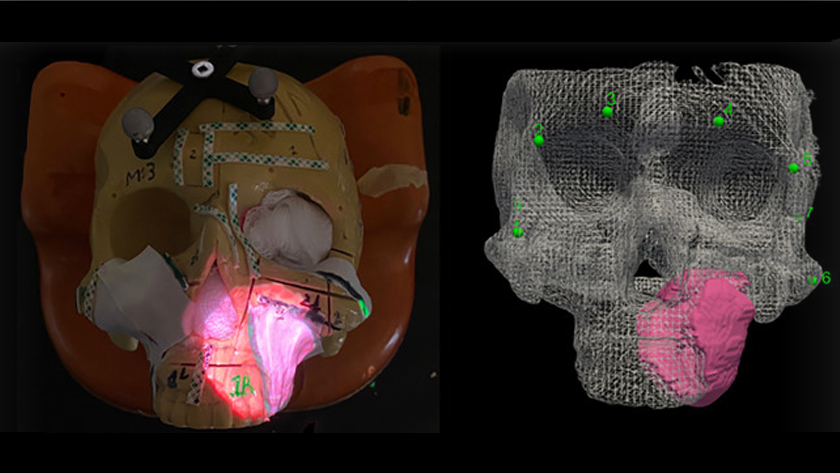
Augmented reality for surgery
A demonstration of augmented reality in surgery, with a tumour (pink) projected onto a plastic skull (L) based on medical imaging data of the tumour’s size, shape and position (R).
A recent study from researchers at UHN’s TECHNA Institute reveals that augmented reality could serve as a powerful tool to help guide surgeons.
While current image-guided surgical systems provide surgeons with detailed medical imaging information – so that all parts of a tumour can be removed while conserving as much healthy tissue as possible – the key drawback is that these systems display the information on a screen that surgeons must shift their gaze to see.
Augmented reality is a game-changer because it enables the image to be accurately projected directly onto the patient, providing a more intuitive approach with possibility of reducing surgical error.
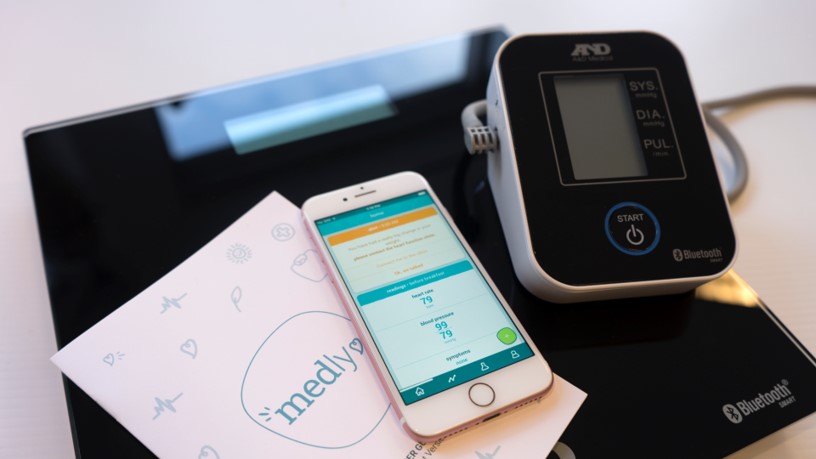
INNOVATION HIGHLIGHTS
A NEW ERA IN CANCER TREATMENT
CAR T-cell program brings life-saving treatment to patients
A new cellular therapy program at the Princess Margaret Cancer Centre marks a new era in realizing the full potential of immunotherapy treatments for cancer patients. Chimeric Antigen Receptor or CAR T-cell
therapy — one of the most promising life-saving immunotherapies on the horizon — will be offered as standard of care.
The difference between life and death for some patients, CAR T-cell therapy is when the bodies own immune cells are removed from a patient and genetically engineered to recognize and fight their own tumour. The definition of personalized medicine, CAR T-cell therapy helps patients manufacture their own cells to recognize cancer, and then attack it.
INNOVATIONS IN DIGITAL HEALTH
Remote cardiac care from everywhere
The first-of-its-kind Medly app, approved by Health Canada as a Class II Medical Device, is ushering in a new era of 24-7 patient monitoring thanks to the team at the Ted Rogers Centre for Heart Research at the Peter Munk Cardiac Centre.
Dr. Ross, along with Dr. Joe Cafazzo, Executive Director of University Health Network’s eHealth Innovation and Wolfond Chair in Digital Health, developed and launched Medly in 2016. This tool is a heart failure monitoring platform that’s accessed through a mobile app.
Patients enter daily metrics, such as their weight, blood pressure and heart rate, and that information is assessed by a rules-based in-app algorithm in real time. An actionable feedback message – normal, caution or critical – is sent to patients, and if there is any indication of deteriorating health, the patient’s care team can intervene quickly.
UHN has partnered with Apple to use the platform to monitor heart failure through the Apple Watch.
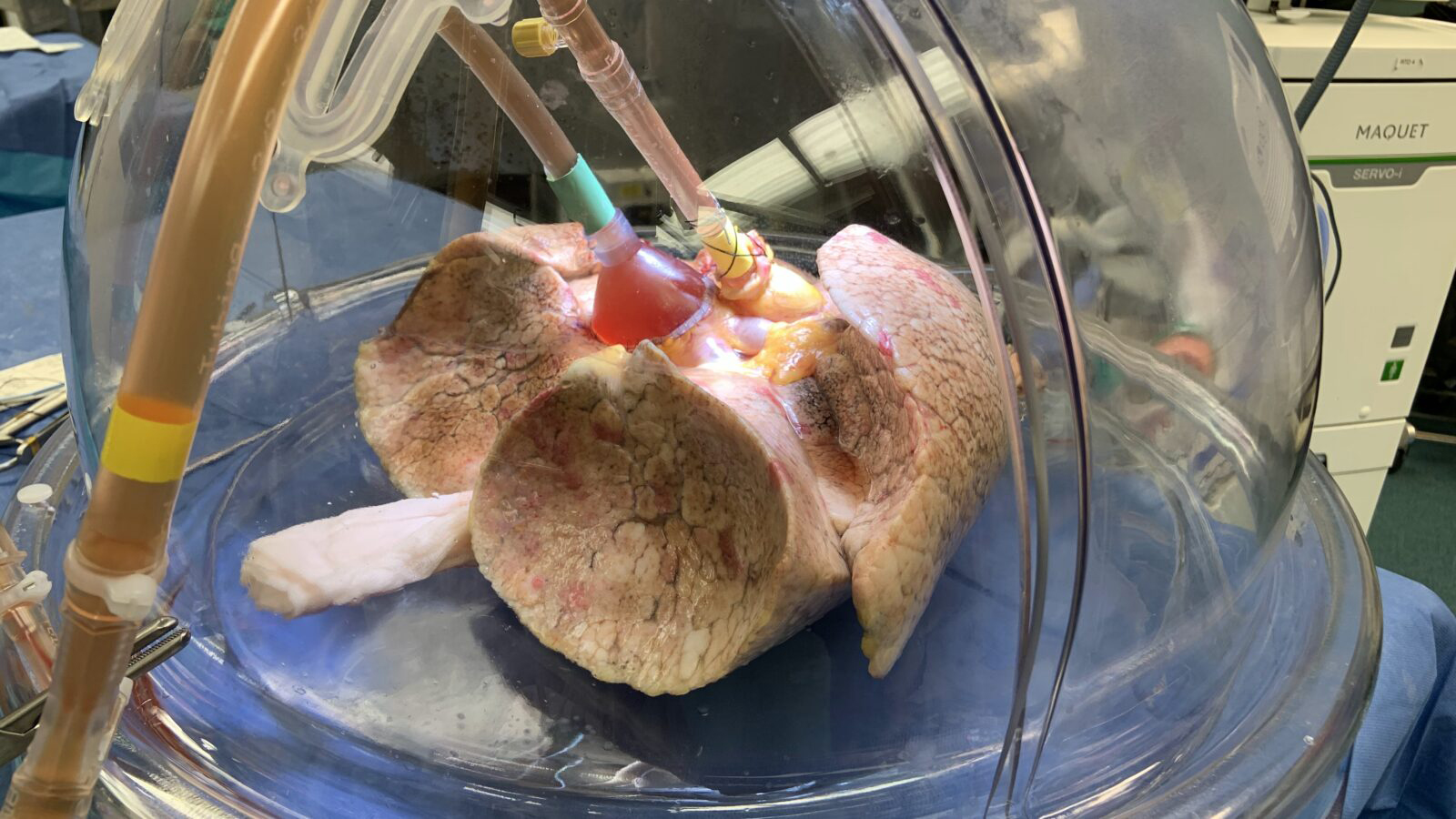
INNOVATIONS IN SURGICAL AND TRANSPLANT CARE
Repairing & rebuilding organs outside the body
UHN’s TGH is home to many world-firsts, including the single and double lung transplant. It also houses the world-renowned Ajmera Transplant Centre, Canada’s largest organ transplant program, performing more than 700 transplants every year – kidney, lung, liver, heart, pancreas and intestine.
Core to UHN’s transplant innovation is the Toronto Ex-Vivo Lung Perfusion (EVLP) system, a breakthrough process by which lungs breathe at normal body temperature outside of the body so that a surgeon can safely evaluate how they function and, in the future, repair any injuries prior to transplant.
Over the past decade, EVLP has revolutionized lung transplantation, dramatically increasing the availability of donor lungs and doubling the lung transplant rate—and lives saved—at UHN.
The EVLP system was originally developed at UHN by Drs. Shaf Keshavjee, Chief of Clinical Innovation at UHN, Director of the Toronto Lung Transplant Program and Latner Thoracic Surgery Research Laboratories, and Dr. Marcelo Cypel, Surgical Director, Ajmera Transplant Centre and Staff Thoracic Surgeon at UHN.
Research shows up to 80 per cent of donor lungs are discarded due to suspected injury. With EVLP technology, surgeons are now able to expand the pool of available donor organs and significantly enhance transplant success. By addressing the global shortage of donor lungs, EVLP also has the potential to reduce—if not completely eliminate—lung transplant wait times.
Spearheaded by researchers at UHN’s Ajmera Transplant Centre, the EVLP method is now being translated to support ex vivo assessment and transplantation of other organs, helping to repair and rebuild organs for all patients in need.
A step closer to universal organ donation
A study published in Science Translational Medicine performed at the Latner Thoracic Surgery Research Laboratories and UHN’s Ajmera Transplant Centre has proven that it is possible to convert blood type safely in donor organs intended for transplantation. This finding is an important step towards creating universal type O organs, transplantable regardless of the patient’s blood type. This advancement would significantly improve fairness in organ allocation and decrease mortality for patients on the waitlist.

Dr. Gelareh-Zadeh, a pioneer in the field of brain cancer research and neurosurgery. Photo: Regina Garcia.
INNOVATIONS IN BRAIN TREATMENT AT THE KREMBIL BRAIN INSTITUTE
A brain cancer diagnosis can be devastating for the thousands of Canadians who receive one each year. It’s historically been difficult to treat, and only 21 per cent of patients with brain cancer survive beyond five years.
A revolutionary new treatment for complex brain tumours, epilepsy
Dr. Gelareh Zadeh, one of the world’s most sought-after neurosurgeons and researchers, knows these statistics too well. She’s made it her mission to bring the most cutting-edge, modern and innovative technologies and treatments to UHN’s Krembil Brain Institute (KBI).
In 2019, Dr. Zadeh brought in the latest addition to the KBI’s brain cancer-fighting arsenal: a laser interstitial thermal therapy (LITT) system, made possible through the generous donation of a grateful patient.
With this state-of-the-art laser technology, clinicians no longer have to surgically operate to reach a tumour or lesion.
Decades of innovation
Dr. Zadeh sought out this technology – the KBI is one of two centres in the country that can do this procedure – because it’s critical to her that the KBI remain at the forefront of neuro-oncology. Nearly 20 years ago, the KBI began using Gamma Knife, which, at the time, was a groundbreaking technology that continues to save patient lives today. It works by sending focused beams of radiation to precise areas of the brain.
While Gamma Knife is still a critical tool, LITT allows Dr. Zadeh and her colleagues to get at even more complicated cancers. “This is an incredibly innovative technology. I wanted to acquire it so we could continue to stay at the cutting edge,” she says, adding that the expertise of two of her colleagues, Dr. Suneil Kalia, who has a functional neurosurgery background, and Dr. Paul Kongkham, who has extensive oncological knowledge, has been instrumental in getting the technology up and running safely.
Dr. Zadeh says that in addition to Ontarians, she and her team would welcome an opportunity to care for out-of-province patients using the LITT technology and will work with patients and their healthcare teams to make this happen.
“It’s a technology at the intersection of neuroscience and cancer,” she says. “It gives us the advantage of bringing the two worlds together.

SIMULATED ENVIRONMENTS AT KITE
KITE is home to more than 10 state-of the art simulation environments, such as the ClimateLab, SleepLab, FallsLab, CareLab and, featured below, DriverLab.
DriverLab
DriverLab is the only simulator of its kind in Canada and is comparable to the most sophisticated driving simulators in the world.
With vehicles as the leading cause of death in Canada, KITE’s DriverLab uses simulation to help develop tests for fitness and safety for driving, recommendations, and investigating the effects of health and medications on driving.
For more information and a virtual tour of KITE’s 10 simulated environments such as the ClimateLab, SleepLab, FallsLab, CareLab, visit: kite-uhn.com/tours/virtual
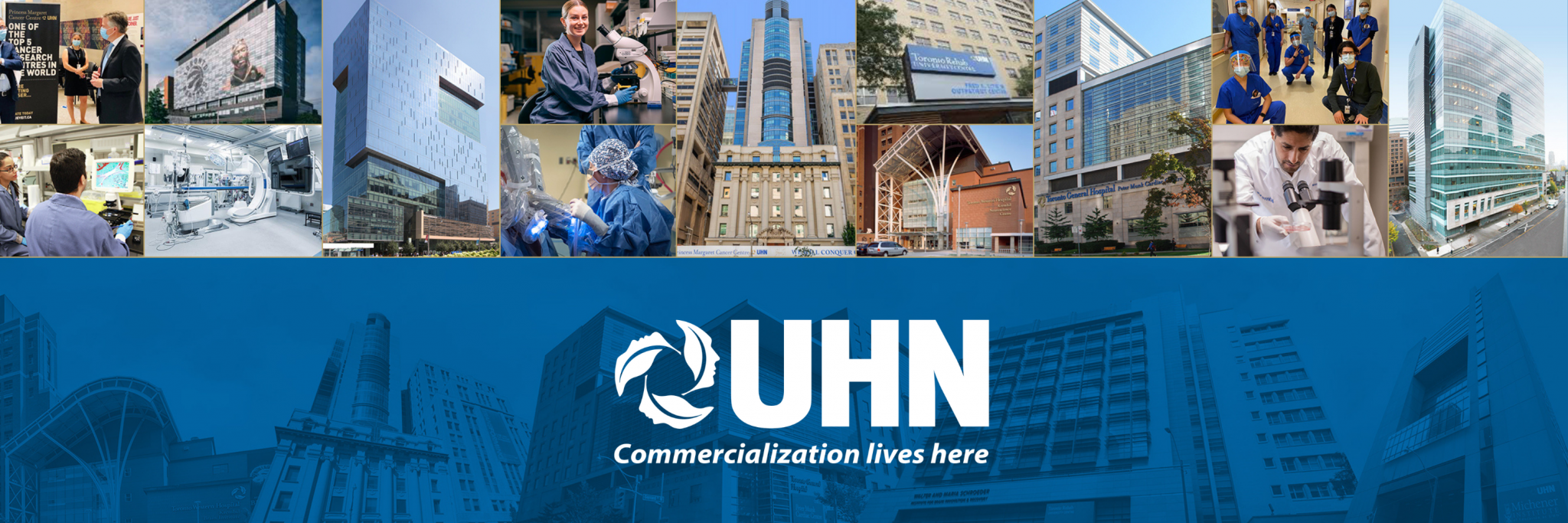
OUR VALUES:
Maximize health impact globally • Secure fair value for sustainability and re-investment • Elevate Canada as a world destination for life science commercialization
Enabling and leading commercialization and industry partnerships for a healthier world.
Commercialization at UHN is the research commercialization hub located at Toronto’s University Health Network (UHN), the largest driver of medical research and innovation in the greater Toronto region and the leading research commercialization institution in Canada*.
As UHN’s catalyst for accelerating the world-class research and innovation at UHN into medical products, devices and therapies that improve care for patients around the world, we work to realize UHN’s vision of a healthier world.
Technologies discovered and developed at UHN have already formed the basis for many global products and services including pharmaceuticals, biologics, devices, and diagnostics and represent the foundation for UHN spin-out companies.
“Research hospitals are today’s biotechnology engines, and it’s important that we make Canadians aware of this important role in researching and developing the very best treatments and in fuelling our future economy and employment market,” says Dr. Kevin Smith, UHN’s President & CEO.
The basic research initiatives and translational expertise of UHN’s research and clinical investigators continue to generate a large and growing portfolio of opportunities for corporate partnerships and alliances, and our seasoned team of business professionals shepherds the world-class science and discovery living at UHN toward maximum patient impact.
We have a rich history of working with world-first discoveries – such as insulin, first administered to a patient at the Toronto General Hospital in 1922.
“At UHN, we have the best in science and scientists working to create new options to improve patient care,” says Brad Wouters, Executive Vice President, Science & Research, UHN. “World-class research and development is expensive and complex, and when we partner with industry, we accelerate our translation of research into treatments, so that patients can benefit, faster.”
Together with the world-class UHN research community, our work elevates Canada as a world destination for life-science commercialization.
OUR START-UP MODEL
UHN has a unique technology incubation model that provides in-house funding to help early stage technologies advance, making them ripe for commercialization and industry partnerships. Delivered with support from the Princess Margaret Cancer Foundation via the Princes Margaret Cancer Centre Innovation Acceleration Fund (IAF), this de-risking funding model has allowed our start-ups to gain the confidence of major investment partners. Coupled with this approach, UHN seeks experienced
management teams to lead its start-ups, setting them up for long-term success.
Following this model, since 2014, UHN has created and launched 16 well financed companies, bringing in more than $1.3 Billion CAD in investments from major investors/venture capitalists.
We compete with the biggest names in the US and at home; our lineup of start-ups includes BlueRock Therapeutics, Trillium Therapeutics, Adela Bio Inc., Treadwell Therapeutics and AvroBio amongst others, which have together injected over $5 billion into the economy.
Source:AUTM Licensing Survey- https://autm.net/surveys-and-tools/surveys/licensing-survey/2020-licensing-survey














